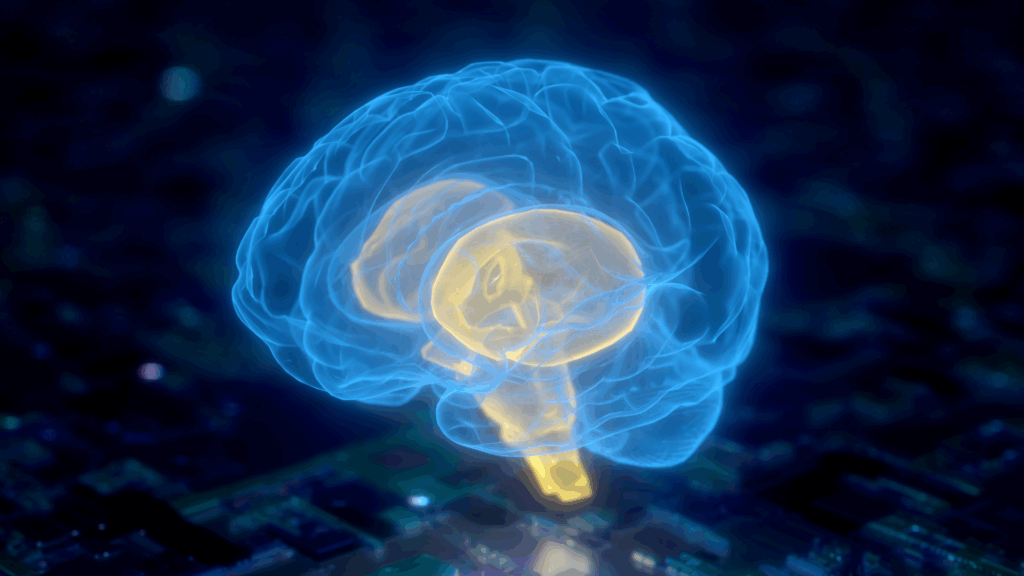The Brain’s Billion-Cell Symphony
Picture a city alive with energy, each citizen contributing to the hum of daily life. Now imagine that city multiplied by a thousand, and you’ll begin to grasp the complexity of your brain. With roughly 86 billion neurons, each capable of forming up to 10,000 connections, the brain is the most sophisticated network on Earth. Understanding how neurons work is not just a scientific pursuit—it’s the foundation for unlocking human achievement, creativity, and resilience.
Anatomy of a Neural Powerhouse
Every neuron is a biological marvel, designed for speed, efficiency, and adaptability. The structure of a neuron is deceptively simple:
- Dendrites: Branching extensions acting as the neuron’s antennae, receiving incoming signals from thousands of neighboring cells.
- Cell Body (Soma): The central hub, containing the nucleus and the machinery for maintaining cell health.
- Axon: A slender projection that can stretch up to a meter in humans, carrying electrical impulses away from the cell body.
- Myelin Sheath: This fatty layer insulates the axon, allowing electrical signals to travel rapidly and efficiently.
- Axon Terminals: The neuron’s communication outposts, where signals are transmitted to the next cell in line.
This elegant design enables neurons to process and transmit information at lightning speed—sometimes as fast as 250 miles per hour.

How Does the Neuron Work Step by Step?
Understanding how neurons work step by step reveals the intricate dance of electrical and chemical events that underlie all thought, movement, and feeling.
- Signal Reception: Dendrites receive chemical signals (neurotransmitters) from neighboring neurons. Specialized receptors on the dendritic membrane detect these signals.
- Integration: The cell body (soma) collects and integrates incoming signals. If the combined input is strong enough and reaches a threshold at the axon hillock, it triggers the next step.
- Action Potential Initiation: Once the threshold potential is reached, voltage-gated sodium channels open, allowing sodium ions to flood into the neuron, resulting in rapid depolarization. This creates an electrical impulse called the action potential.
- Propagation: The action potential travels down the axon, jumping between the nodes of Ranvier if the axon is myelinated, which dramatically increases its speed.
- Transmission: When the action potential reaches the axon terminals, it triggers the opening of voltage-gated calcium channels. Calcium enters, causing synaptic vesicles to fuse with the membrane and release neurotransmitters into the synaptic cleft.
- Communication: Neurotransmitters cross the synaptic gap and bind to receptors on the next neuron’s dendrites, starting the process anew.
This cycle of electrical and chemical signaling is the foundation of how neurons work to process and transmit information throughout the nervous system.

What Are 3 Things Neurons Do?
Neurons are the ultimate multitaskers in the body. Here are three essential things neurons do:
- Receive Information: Neurons gather input from sensory organs, other neurons, or the environment. Sensory neurons, for example, detect light, sound, touch, and chemical signals, relaying them to the brain.
- Integrate and Process Signals: Within the cell body, neurons sum up all incoming signals—both excitatory and inhibitory—to determine whether to pass the message along. This integration is crucial for informed decision-making, practical learning, and adaptive behavior.
- Transmit Responses: Neurons send electrical impulses (action potentials) down their axons to communicate with muscles, glands, or other neurons, resulting in actions, thoughts, or physiological changes.
These core functions—receiving, integrating, and transmitting—are the essence of how neurons work and enable everything from reflexes to complex reasoning.
How Do Neurons Work and Communicate?
Neurons work and communicate through a sophisticated process involving both electrical and chemical signals:
- Electrical Communication: When a neuron receives enough excitatory input, it generates an action potential. This electrical impulse travels rapidly along the axon, thanks to the opening and closing of voltage-gated ion channels.
- Chemical Communication: At the axon terminal, the electrical signal triggers the release of neurotransmitters into the synaptic cleft. These chemical messengers cross the gap and bind to receptors on the next neuron, either exciting or inhibiting it.
- Synaptic Integration: Each neuron receives hundreds or thousands of inputs, both excitatory and inhibitory. The net effect of these signals determines whether the neuron will fire its action potential.
This interplay of electrical and chemical events allows neurons to process vast amounts of information and coordinate complex behaviors, thoughts, and emotions.

What Activates Neurons?
Neurons are activated by a variety of stimuli, both internal and external:
- Sensory Stimuli: Physical inputs, such as light, sound, touch, pressure, temperature, and chemical signals (including taste and smell), activate sensory neurons, sending information to the brain.
- Neurotransmitter Release: Chemical signals from other neurons, in the form of neurotransmitters, can excite or inhibit a neuron by binding to its receptors.
- Electrical Changes: Changes in the electric potential across the neuron’s membrane, often triggered by ion flow through channels, can lead to activation if they reach the necessary threshold.
- Mechanical Forces: Stretch or pressure on the neuron’s membrane can open ion channels, leading to activation.
- Internal Signals: Hormones and internal chemical messengers can modulate neuronal activity, influencing mood, motivation, and physiological states.
The sum of these inputs determines whether a neuron will fire, ensuring that only relevant and significant information is transmitted through the nervous system.
Diversity in Unity: The Many Types of Neurons
Not all neurons are created equal. Some, such as sensory neurons, are specialized to detect changes in the environment—light, sound, and touch—and relay that information to the brain. Motor neurons carry commands from the brain to muscles, enabling movement. Interneurons, the most numerous type, act as connectors and processors, integrating information and coordinating responses.
Within these categories, neurons exhibit remarkable diversity. Purkinje cells in the cerebellum have a dense, bushy dendritic tree, which is perfect for integrating vast amounts of information. Pyramidal cells in the cerebral cortex are shaped for long-distance communication, supporting higher-order thinking and decision-making. This specialization allows the brain to manage an extraordinary range of tasks simultaneously.
The Evolutionary Edge: Why Neurons Matter
The story of how neurons work is also the story of evolution. Early life forms relied on simple reflexes, but the emergence of neurons enabled rapid and flexible responses to the environment. Over millions of years, neural networks have evolved into increasingly complex systems, giving rise to learning, memory, and ultimately, consciousness.
In humans, this evolutionary leap has enabled the development of language, culture, and technology. Our brains are not just repositories of information—they are engines of innovation, empathy, and self-reflection.
The Balancing Act: Excitation, Inhibition, and Integration
Neural communication is a delicate dance between excitation and inhibition. Excitatory neurotransmitters, like glutamate, increase the likelihood that a neuron will fire. Inhibitory neurotransmitters, such as GABA, decrease that likelihood. The interplay between these forces determines whether a signal is amplified or dampened.
This balancing act is crucial for everything from controlling movement to regulating mood. Disruptions in this balance can lead to neurological and psychiatric conditions, highlighting the importance of understanding how neurons work in maintaining mental health.
The Social Brain: From Neurons to Networks
Humans are inherently social, and our brains are wired to connect. Mirror neurons, discovered in the 1990s, fire both when we act and when we observe someone else performing it. This mirroring ability underlies empathy, learning by imitation, and the development of social bonds.
The brain’s social circuitry extends to complex networks that process facial expressions, tone of voice, and body language. Understanding how neurons work in these contexts can enhance communication, leadership, and emotional intelligence—key skills in both personal and professional development.

The Learning Brain: Harnessing Neuroplasticity
One of the most exciting discoveries in neuroscience is neuroplasticity—the brain’s ability to reorganize itself in response to experience. Every time you learn a new skill, practice a habit, or adapt to change, you are physically reshaping your neural circuits.
This adaptability is at the heart of growth and development. By intentionally engaging in new experiences and reflecting on outcomes, you can strengthen desired pathways and weaken unhelpful ones. Understanding how neurons work empowers you to take charge of your learning and transformation.
The Brain Under Pressure: Stress, Resilience, and Growth
Stress is a double-edged sword for the brain. In small doses, it can sharpen focus and enhance performance. But chronic stress floods neurons with chemicals like cortisol, which can impair communication and even damage brain cells over time.
Understanding how neurons work under stress is essential for building resilience. Techniques such as mindfulness, goal-setting, and reflective practice help regulate neural activity, supporting recovery and growth. As seen in the case of Alex, a mid-career executive who overcame decision fatigue and chronic stress by consciously retraining his neural pathways, small, consistent changes can have a profound impact on brain health and well-being.
The Creative Brain: Innovation and Imagination
Creativity is one of the most remarkable products of how neurons work. The brain’s ability to form new connections and combine disparate ideas underlies artistic expression, scientific discovery, and problem-solving. Creativity is not confined to a single brain region; it emerges from the dynamic interplay of neural networks across the cortex.
By fostering curiosity, embracing novelty, and allowing time for reflection, individuals can enhance their creative potential. Understanding how neurons work in the creative process can unlock new avenues for innovation and personal fulfillment.
The Memory Machine: Encoding, Storage, and Retrieval
Memory is another testament to the power of how neurons work. The process of encoding involves transforming experiences into patterns of neural activity. These patterns are then stored through changes in the strength of synaptic connections—a phenomenon known as synaptic plasticity.
Retrieval involves reactivating these patterns, allowing us to recall past experiences, facts, and skills. Memory is not a static archive but a dynamic process, constantly updated and reshaped by new information. Understanding how neurons work in memory formation can improve learning strategies and support lifelong growth.
The Aging Brain: Lifelong Adaptation
Aging brings changes to the brain, but neuroplasticity ensures that growth and adaptation continue throughout life. While some neurons may be lost over time, the brain compensates by strengthening existing connections and forming new ones. Engaging in mentally stimulating activities, maintaining social connections, and prioritizing physical health all support brain vitality.
Understanding how neurons work in the aging process can help individuals maintain cognitive function, independence, and quality of life well into later years.

The Digital Brain: Technology and Neuroenhancement
Advances in technology are opening new frontiers in understanding how neurons work. Brain-computer interfaces, neuroimaging, and artificial intelligence are providing unprecedented insights into neural function and dysfunction. These tools hold promise for enhancing learning, treating neurological disorders, and even augmenting human capabilities.
As we integrate technology into our lives, understanding how neurons work becomes increasingly important for navigating ethical, social, and psychological challenges.
Case Study: Rewiring for Success
Let’s revisit Alex, the executive who struggled with decision fatigue and stress. Through neuropsychological coaching, we explored how his habitual thought patterns were rooted in well-worn neural pathways—automatic responses shaped by years of experience. By understanding how neurons work, we developed strategies to rewire these pathways consciously.
Alex practiced new routines that fostered positive feedback loops, gradually shifting his mindset and boosting his resilience. Over time, he reported sharper focus, improved mood, and greater professional satisfaction. This transformation was not the result of magic or quick fixes, but of leveraging the science of neural communication and plasticity.
The Power of Self-Awareness: Applying Neuroscience in Daily Life
Applying knowledge of how neurons work isn’t limited to the therapy room or laboratory. Every decision, habit, and relationship is influenced by neural processes. By cultivating self-awareness and understanding the science behind your thoughts and behaviors, you can make more intentional choices, break unhelpful patterns, and foster lasting change.
Practical strategies include setting clear goals, practicing gratitude, and engaging in activities that challenge the brain. These approaches leverage the principles of neuroplasticity, promoting growth and overall well-being.
The Social Ripple Effect: Neurons and Community
The impact of how neurons work extends beyond the individual. Social interactions shape neural circuits, influencing everything from emotional regulation to moral reasoning. Positive relationships provide a buffer against stress, while social isolation can have detrimental effects on brain health.
Communities that foster connection, support, and shared purpose create environments where individuals can thrive. Understanding how neurons work in social contexts can inform leadership, education, and community development.

The Mind-Body Connection: Physical Health and Neural Function
Physical health and brain health are deeply interconnected. Exercise, nutrition, and sleep all influence how neurons work. Regular physical activity increases blood flow to the brain, promotes the growth of new neurons, and enhances synaptic plasticity. A balanced diet provides the nutrients necessary for neurotransmitter synthesis and neural repair.
Prioritizing lifestyle factors that support brain health is essential for optimizing cognitive function, emotional well-being, and overall quality of life.
The Next Frontier: Lifelong Learning and Growth
The journey to understanding how neurons work is ongoing. As science uncovers new insights, individuals have more tools than ever to support lifelong learning, adaptability, and fulfillment. Embracing a growth mindset, seeking out new experiences, and remaining curious are essential to unlocking the full potential of the brain.
By integrating the latest findings from neuroscience into daily life, anyone can unlock greater creativity, resilience, and personal effectiveness.
#neurons #howneuronswork #neuroscience #brainhealth #neuropsychology #personaldevelopment #professionalcoaching #brainpower #brainfacts #science #howneuronswork #neuronsthatfiretogether



